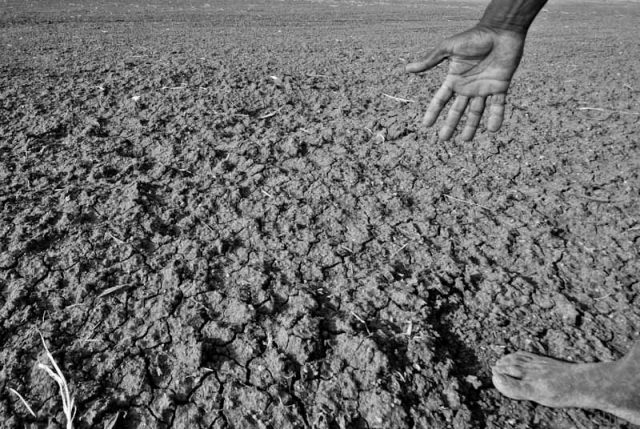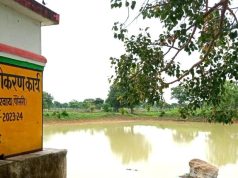Increasing Safe Water Access For At-Risk Communities
Massive droughts have hit the southern India with huge drop in rainfalls and ground water levels constantly depleting due to improper use. In Midst of the river wars going on between the states, many communities are suffering without access to fresh water for day to day use.
In Karnataka, the water shortage has worsened with Krishnaraja Sagar (KRS) and Kabini nearing dead storage of 4.4 tmcft. According to water experts, after the level in KRS reaches 5.59tmc, no water should be drawn as it would affect aquatic life. With Bengaluru requiring about 2tmcft water every month, most of the residential complexes buy water from water tankers. According to statistics provided by the State Agriculture Department, as many as 3,515 farmers in Karnataka committed suicide between April 2013 and November 2017, out of which 2,525 were due to drought and farm failure.
Kerala too is facing its hardest drought in 115 years, and the worst since the state’s formation in 1956. According to the forecast of the State Meteorological Department Kerala is on the verge of extreme water crisis with rainfall shortage of 61% since October.
The PepsiCo Foundation has announced the expansion of its water access initiatives in India with an aim to positively impact 2,00,000 people in communities around its plants. The foundation will provide a US $4.26 million grant to WaterAid to provide safe water access to communities in Karnataka, Andhra Pradesh, and Kerala by December 2020.
PepsiCo, through its ‘Performance with Purpose 2025 agenda’, has a goal to provide access to safe water to a total of 25 million people globally since 2006 in the world’s most at-risk areas. The project is in line with Goal 6 of the United Nations Sustainable Development Goals, which covers access to safe water and sanitation.
Over the next three years, WaterAid in India will focus on implementing solutions that will help increase access to clean water; build community and government capacity to manage water resources including regular water quality testing, conduct trainings for operation and maintenance; and educate community members to adopt sustainable sanitation and hygiene practices. These solutions are aimed at helping improve water security for these communities and will also promote water conservation and recharge measures including rainwater harvesting.
Thank you for reading the story until the very end. We appreciate the time you have given us. In addition, your thoughts and inputs will genuinely make a difference to us. Please do drop in a line and help us do better.
Regards,
The CSR Journal Team












